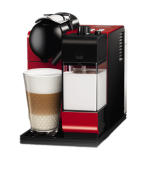
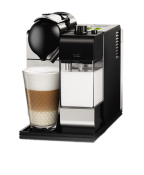 The Nespresso machine is a product with both aesthetic and functional consistency. Although slight variations are made to the product’s visual appearance, for example colour, the machine is still built to the same size and proportions each time. Furthermore the logo on each of the machines is placed in the same position. This enables people to recognise the machines, as they have a strong brand image and connection to their customers. This is an example of using aesthetic consistency to enforce branding (Butler, Holden & Lidwell, 2003). These machines additionally have functional consistency because the method for using each one is virtually the exact same, even the milk holder is on the same side of the machine each time, even if it looks slightly different. This is using functional consistency as customers are able to use their past experiences and knowledge of these machines to use their new machine, given that they are almost identical in methods for use (Butler, Holden & Lidwell, 2003).
The Nespresso machine is a product with both aesthetic and functional consistency. Although slight variations are made to the product’s visual appearance, for example colour, the machine is still built to the same size and proportions each time. Furthermore the logo on each of the machines is placed in the same position. This enables people to recognise the machines, as they have a strong brand image and connection to their customers. This is an example of using aesthetic consistency to enforce branding (Butler, Holden & Lidwell, 2003). These machines additionally have functional consistency because the method for using each one is virtually the exact same, even the milk holder is on the same side of the machine each time, even if it looks slightly different. This is using functional consistency as customers are able to use their past experiences and knowledge of these machines to use their new machine, given that they are almost identical in methods for use (Butler, Holden & Lidwell, 2003).
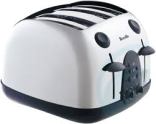
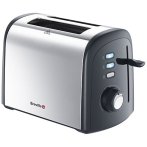 Breville toasters are another product that we use every-day that possess aesthetic consistency and functional consistency in design. Majority of Breville toasters have very similar visual features, for example a place to insert your bread and dials to increase the toasting either on the front or the side of the machine. Furthermore these toasters would not be very difficult to use based on past experiences, insert the bread and adjust the dial, then push the button down. By creating visually similar designs across all their products and creating virtually identical functional features the brand has created aesthetic and functional consistency (Butler, Holden & Lidwell, 2003).
Breville toasters are another product that we use every-day that possess aesthetic consistency and functional consistency in design. Majority of Breville toasters have very similar visual features, for example a place to insert your bread and dials to increase the toasting either on the front or the side of the machine. Furthermore these toasters would not be very difficult to use based on past experiences, insert the bread and adjust the dial, then push the button down. By creating visually similar designs across all their products and creating virtually identical functional features the brand has created aesthetic and functional consistency (Butler, Holden & Lidwell, 2003).
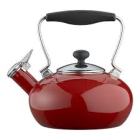 Lastly Kettles are an every-day product that obtain aesthetic and
Lastly Kettles are an every-day product that obtain aesthetic and 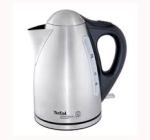 functional consistency even across brands. Although slight variations between designs, each kettle has the same features, a nozzle, a handle and a body for holding the water. If an individual was shown 3 different brands of kettles it would not be difficult to recognise each one as a kettle. Therefore the product has created aesthetic consistency. Furthermore the functions of a kettle are consistent, pour in the water and turn on by the switch, hence functional consistency (Butler, Holden & Lidwell, 2003).
functional consistency even across brands. Although slight variations between designs, each kettle has the same features, a nozzle, a handle and a body for holding the water. If an individual was shown 3 different brands of kettles it would not be difficult to recognise each one as a kettle. Therefore the product has created aesthetic consistency. Furthermore the functions of a kettle are consistent, pour in the water and turn on by the switch, hence functional consistency (Butler, Holden & Lidwell, 2003).
Reference List:
Butler, J., Holden, K., & Lidwell, W. (2003). Aesthetic-Usability Effect. In Universal Principles of Design, 18-19. Massachusetts: Rockport.
